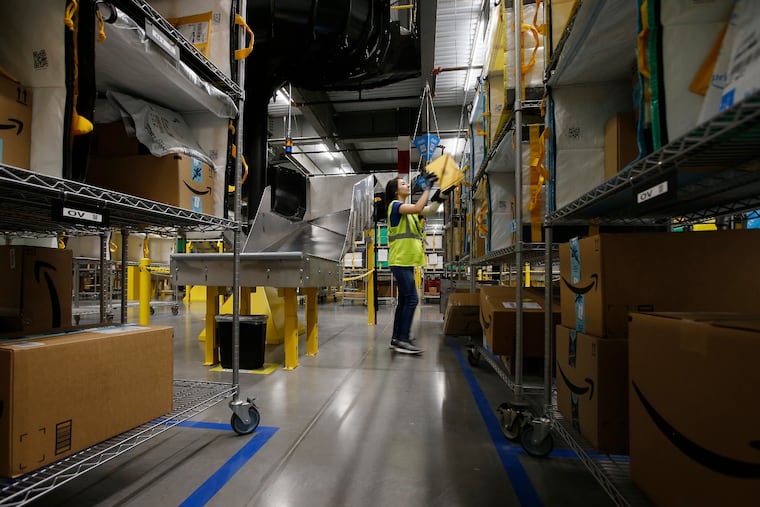U.S. warehouse jobs top pre-COVID levels as online sales boom
"People are migrating toward industries that are experiencing shortages," such as warehousing, from the hospitality or restaurant sectors, said Michael Englund, chief economist of Action Economics.
